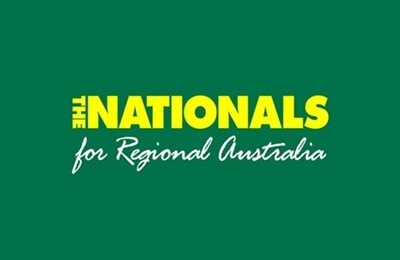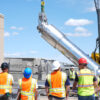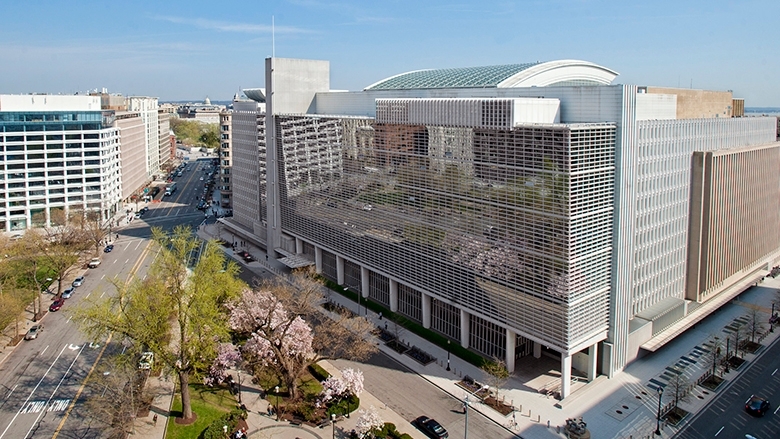
OPINION: New recovery approach needed following Cyclone Seroja failings
After two years of delays, inaction, and excuses from the State Government in relation to Cyclone Seroja recovery, it’s abundantly clear the current approach isn’t working.
On 11 April 2021 the largest natural disaster in WA’s history, Cyclone Seroja, swept across the Mid West coast, causing widespread damage and destruction across 16 local government areas.
While some repairs have been made, it’s confronting as I travel through the region to see the lack of progress.
Many buildings are still in a state of disrepair, tarps stretch over roofs as families start to prepare for a third winter without progress, and the sense of frustration and abandonment is palpable as the State Government appears to shift focus towards recovery in the Kimberley.
While the McGowan Labor State Government and Emergency Services Minister refuse to accept blame for the slow recovery progress, the reality is, the buck stops with them.
They are responsible for delivering the $104.5 million Disaster Recovery Funding Arrangements (DRFA), yet after two years, the failure of this funding program stands exposed.
Just $12.3 million has been spent from this package, leaving a shameful $92.2 million undelivered and unspent.
While the Government has been coy with communities about the future of this funding beyond the end of the financial year, there is only one likely outcome: Any unspent funds will be returned to the State and Commonwealth coffers.
This explains the eleventh-hour funding announcement for a $9.2 million recovery package for the region, made in the lead-up to the Cyclone Seroja anniversary.
The Opposition has long called for more investment to help these local governments who have been doing the heavy lifting for their communities’ long-term recovery, however, this extra funding is clearly not enough, especially after it is split between 16 Shires.
More investment is needed for projects like local evacuation centres, improved communication networks and upgraded community infrastructure to return these towns to the vibrant places they once were.
Other jurisdictions have had far greater success with DRFA funding.
Following the 2022 Eastern Australia floods in February which devastated the communities of Lismore and the Northern Rivers region, the New South Wales Government offered $20,000 “Back Home” grants to help impacted residents with their recovery.
So far, more than 13,000 Back Home grants have been approved, worth $190 million.
This stands in stark contrast to the 123 approved applicants and $530,000 disbursed by the WA Government through the Recovery and Resilience Grants program over a far longer period.
The State Government must also accept some responsibility for their lack of urgency in establishing
workers’ accommodation in the region.
The Shire of Northampton first raised the need for this accommodation to help attract much-needed construction workers to the region to help residents rebuild back in 2021.
In the Kimberley, Rio Tinto is set to deliver a 40 bed workers camp to Fitzroy Crossing by the end of April – just four months after devasting floods in the region.
Yet in Kalbarri, the site promised for workers’ accommodation remains a vacant lot, and there is no timeframe on when this much-needed housing will be delivered.
With the frequency and severity of major disasters expected to increase in the coming years, the two-year anniversary of Cyclone Seroja provides time to reflect, reconsider, and reset our approach to recovery going forward.
Firstly, and most importantly, the Government must deliver on their promise to help Mid West communities recover “stronger than ever.”
This will require more than the paltry $9 million hand-off to local governments and must address the individual needs of each affected community.
For this reason, it must be as local as possible, led by a person with the imprimatur to make decisions and bang heads as required. It cannot and should not be centralised in Perth or done by Zoom or by self-serving visits to the impacted region by politicians and public servants from time to time.
Going forward, we must also make sure we learn lessons from the past two years.
While the Commonwealth review into DRFA funding provides one avenue for this, other ideas must also be considered to improve future recovery operations.
One suggestion is for the State to invest in a supply of modular housing which could be rapidly delivered anywhere in WA to provide temporary replacement housing, or key worker accommodation following bushfires, cyclones or floods.
This week, the State Government also announced the establishment of a 70-person strong dedicated recovery team within the Department of Fire and Emergency Services.
This announcement is a step in the right direction, and a clear acknowledgement that the Government’s capacity to respond to major disasters has been lacking.
In the aftermath of Cyclone Seroja, Premier Mark McGowan promised:
“My government will continue to work closely with each and every community on their rebuilding efforts to make sure together we recover – stronger than ever.”
It’s time for the Premier to reconsider his government’s recovery model and finally deliver on the promise many are still waiting on two years later.
Martin Aldridge is the Shadow Minister for Emergency Services


